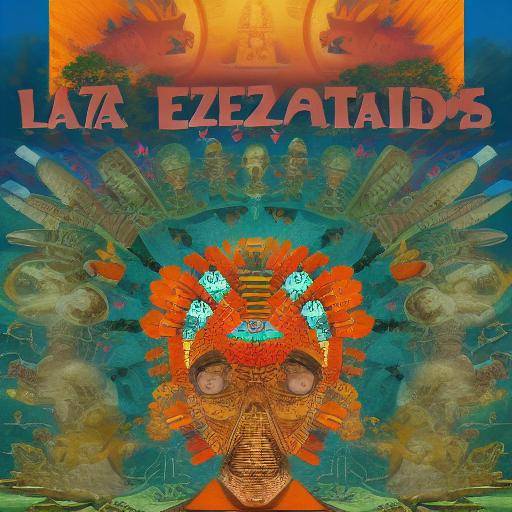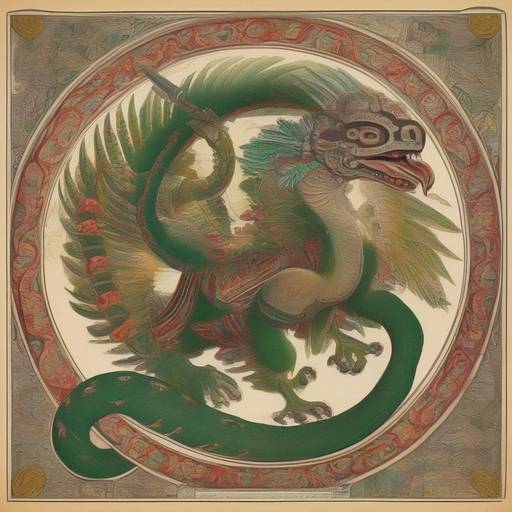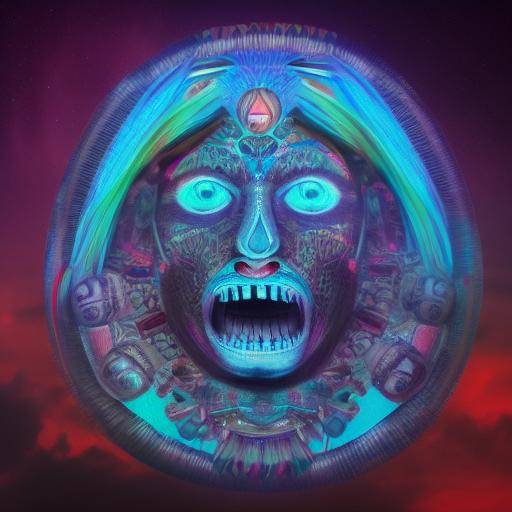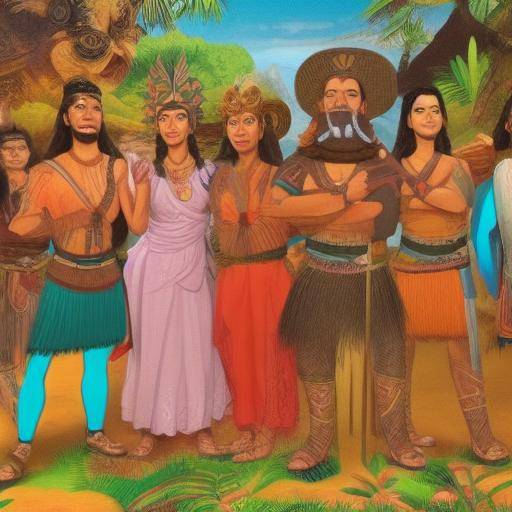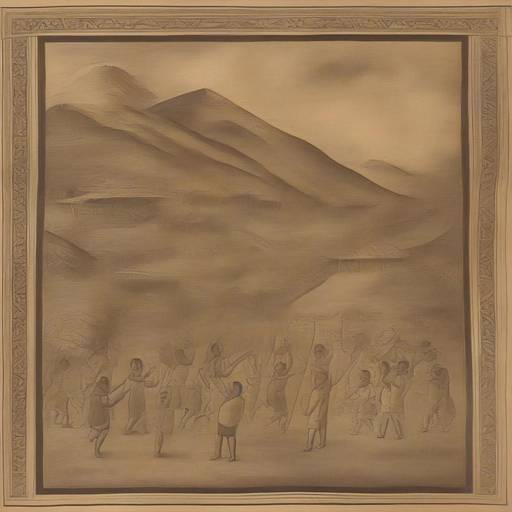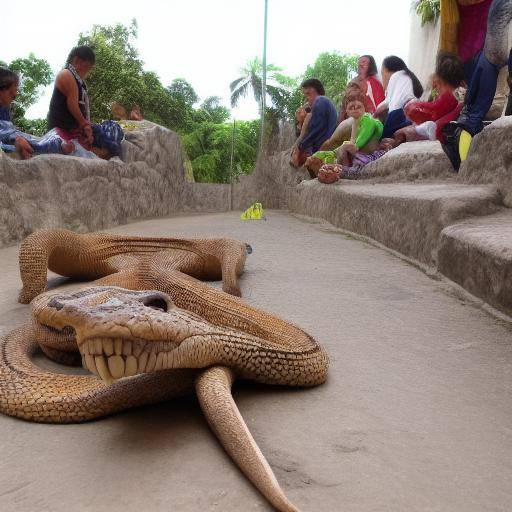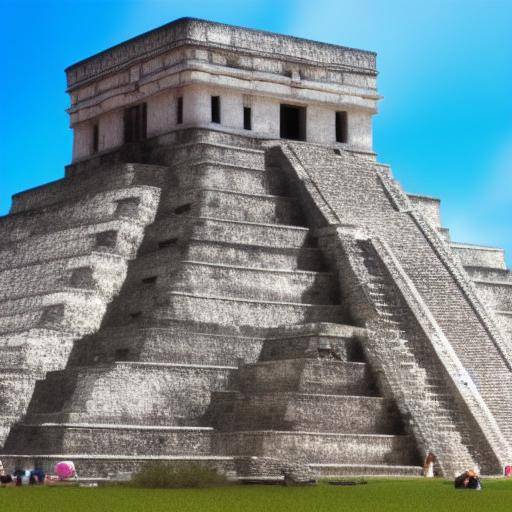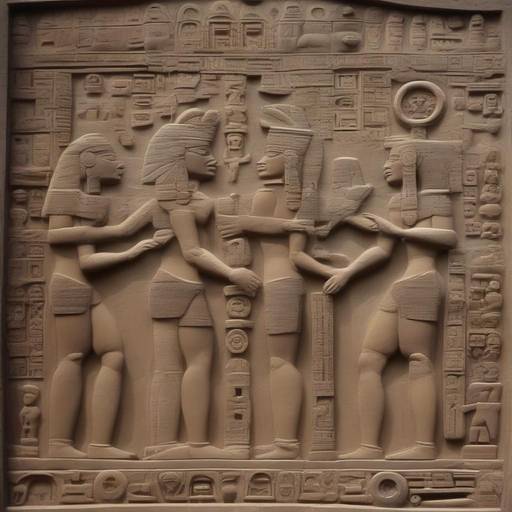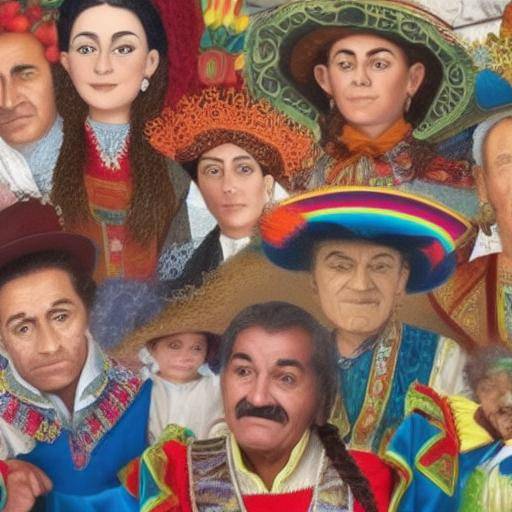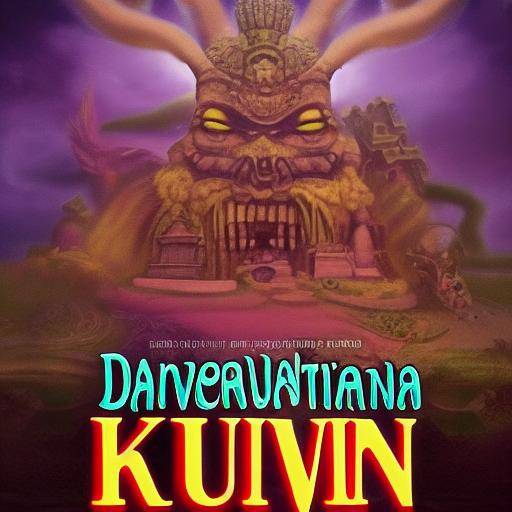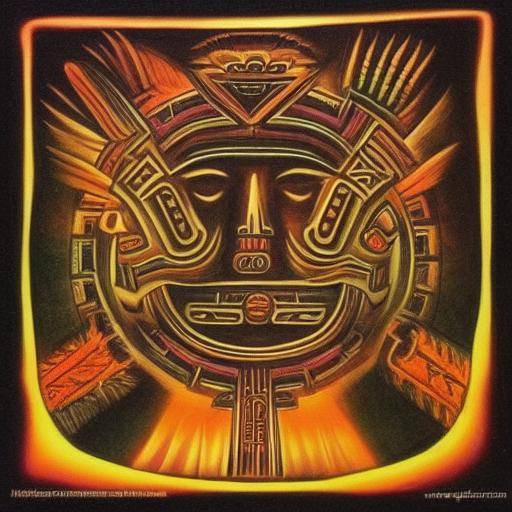
Sacrifices play a crucial role in Aztec mythology, representing a religious practice rooted in their worldview and ancestral traditions. Understanding the meaning of sacrifices in Aztec mythology offers us a fascinating vision of the worldview and beliefs of this pre-Columbian civilization. Throughout this article, we will explore in depth the historical context, ritual practices, associated beliefs and the lasting legacy of sacrifices in Aztec culture.
Introduction to Aztec Mythology and Sacrifices
The sacrifices in Aztec mythology cannot be understood in isolation, but are intrinsically linked to the vision of the world of this ancient civilization. The Aztecs believed in the constant struggle between the forces of creation and destruction. His cosmovision was influenced by complex deities, including Huitzilopochtli, Tezcatlipoca, Tlaloc and Quetzalcoatl. These deities had ritual demands that sought to preserve balance in the natural world and ensure the survival of humanity.
History and Background of the Aztec Sacrifices
The sacrifices in Aztec culture have deep roots in their history. From the first Queretanos and Zapotec settlements, to the foundation of Tenochtitlan in 1325, the practice of sacrifices was integrated into the daily life of the Aztecs. This historic process of consolidation and territorial expansion influenced the development of ritual practices that were an integral part of its worldview.
The conquest of the adjoining territory and the imposition of the tribute on the peoples who were subjected gave rise to greater importance of sacrifices in Aztec society. Each military victory was celebrated with ceremonies dedicated to the gods, often culminating in human sacrifices as a sign of gratitude and respect for deities.
During this time, priests played a leading role in the survival and stability of the Aztec empire, playing a central role in the organization and execution of sacrifices. The reason for the human sacrifice in Aztec culture was in no case a violent action, but rather a sacred and transcendental act that sought to maintain the cosmic balance and guarantee the subsistence of humanity.
The practice of Aztec sacrifices was carried out in various forms, including the extraction of the heart of prisoners of war and other ritual variants that symbolized the process of renewal and perpetuation of the world.
Detailed Analysis of Sacrifices in Aztec Mythology
The meaning and implications of sacrifices in Aztec mythology are themes of great complexity and historical interest. Over the centuries, various interpretations have emerged in an attempt to capture the essence and purpose of these religious practices. Some studies suggest that human sacrifices were, in fact, a central aspect of the religious and political life of the Aztec empire. However, it is essential to understand that Aztec practices were permeated with a complex vision of the universe, in which sacrifices were considered essential to maintain cosmic balance and harmony.
The Aztec cosmovision was based on the belief that the gods needed to be fed with a vital energy to ensure the well-being of humanity and the universe. Thus, human sacrifices were considered necessary offerings to maintain the continuity of the cosmos.
It is important to emphasize that the modern perception of the Aztec sacrifices has evolved to understand that, from the perspective of the Aztecs, it was not acts of cruelty, but of sacred and transcendent acts permeated by a deep reverence towards their deities.
Comparative Examination of Sacrifices in Aztec Mythology and Other Pre-Columbian Myths
The sacrifices in Aztec mythology present similarities and differences regarding the religious practices of other pre-Columbian cultures. For example, in Mexican cosmogony, the sacrifice of prisoners of war played a central role in ritual ceremonies, while in other pre-Columbian civilizations, such as Maya, sacrifice was a more diversified act and included food, animal and, in some cases, select elite people.
Although every pre-Columbian culture had its own unique approach and meaning of sacrifice, it is possible to identify certain common patterns. In many cases, sacrifices were conceived as a form of communication with deities, a renewal of the vital energy of the community and a means of maintaining the balance of the universe.
Pre-Columbian myths of different civilizations share the conception of a world populated by divine beings with multiple attributes and ritual demands. This convergence reveals a profound connection between the sacred practices of different ancestral cultures, offering an integral panorama of the wealth and complexity of pre-Columbian beliefs.
Practical Tips and Actions
To better understand the meaning of sacrifices in Aztec mythology and its relevance today, it is important to consider the immense cultural and religious implications that these practices had in their time. In exploring this sensitive subject, caution and respect for the Aztec cosmovision and other pre-Columbian cultures must be pursued. The following recommendations allow us to address this issue in a reflective and respectful manner:
- Deep Research: Deepening in primary and secondary sources as well as academic research to gain a broad and informed understanding of Aztec ritual practices and their historical and religious context.
- Cultural Sensitivity: Recognize and respect the Aztec cosmovision and religious beliefs of other pre-Columbian cultures, avoiding simplistic or sensational interpretations of sacrifices.
- Interdisciplinary Dialogue: Promote interaction between experts in history, anthropology, archaeology, religion and other disciplines to enrich the academic and social understanding of pre-Columbian ritual practices.
- Responsible Dissemination: Being aware of the sensitivity of the subject, the information must be presented in a balanced and responsible way, avoiding sensationalism or trivialization of ritual practices.
Conclusions and FAQs
Conclusions
The sacrifices in Aztec mythology represent a significant facet of an ancient worldview, in which the interaction between human beings and the gods manifested through complex ritual practices. Understanding the meaning of these ceremonies allows us to enter into the understanding of an ancestral civilization whose beliefs and traditions have left a profound legacy in the history of humanity.
Frequently asked questions
1. Why did Aztecs practice human sacrifices?
The Aztecs believed that human sacrifices were essential to maintaining cosmic balance and ensuring the continuity of the universe, as well as pleasing deities.
2. What role did priests play in the Aztec sacrifices?
The priests had a central role in organizing and executing sacrifices, in addition to being mediators between the community and deities.
3. Are there parallels between Aztec sacrifices and other pre-Columbian ritual practices?
Yes, different pre-Columbian cultures practiced sacrifices as part of their religious rituals, each with their own interpretations and meanings.
4. How do modern historians perceive Aztec sacrifices?
Current historians tend to interpret Aztec sacrifices from a more contextualized perspective, recognizing their role within the cosmovision and cultural practices of Aztec civilization.
5. What does sacrifice mean in Aztec culture today?
Today, the meaning of sacrifices in Aztec culture is perceived from a historical and anthropological perspective, as an integral part of a vision of the world that deeply marked the identity of this civilization.
6. How do Aztec sacrifices influence the contemporary perception of pre-Columbian mythology?
The legacy of the Aztec sacrifices contributes to enriching the understanding of the beliefs, rituals and worldview of pre-Columbian cultures, generating reflections on cultural diversity and ancestral heritage.
In short, exploring the meaning of sacrifices in Aztec mythology and its context in pre-Columbian cultures leads us to a deeper understanding of the complex relationships between humanity and the divine. Through a respectful and contextualized approach, we can appreciate the wealth and diversity of ancestral beliefs that have shaped our perspectives of the world and our understanding of existence.

